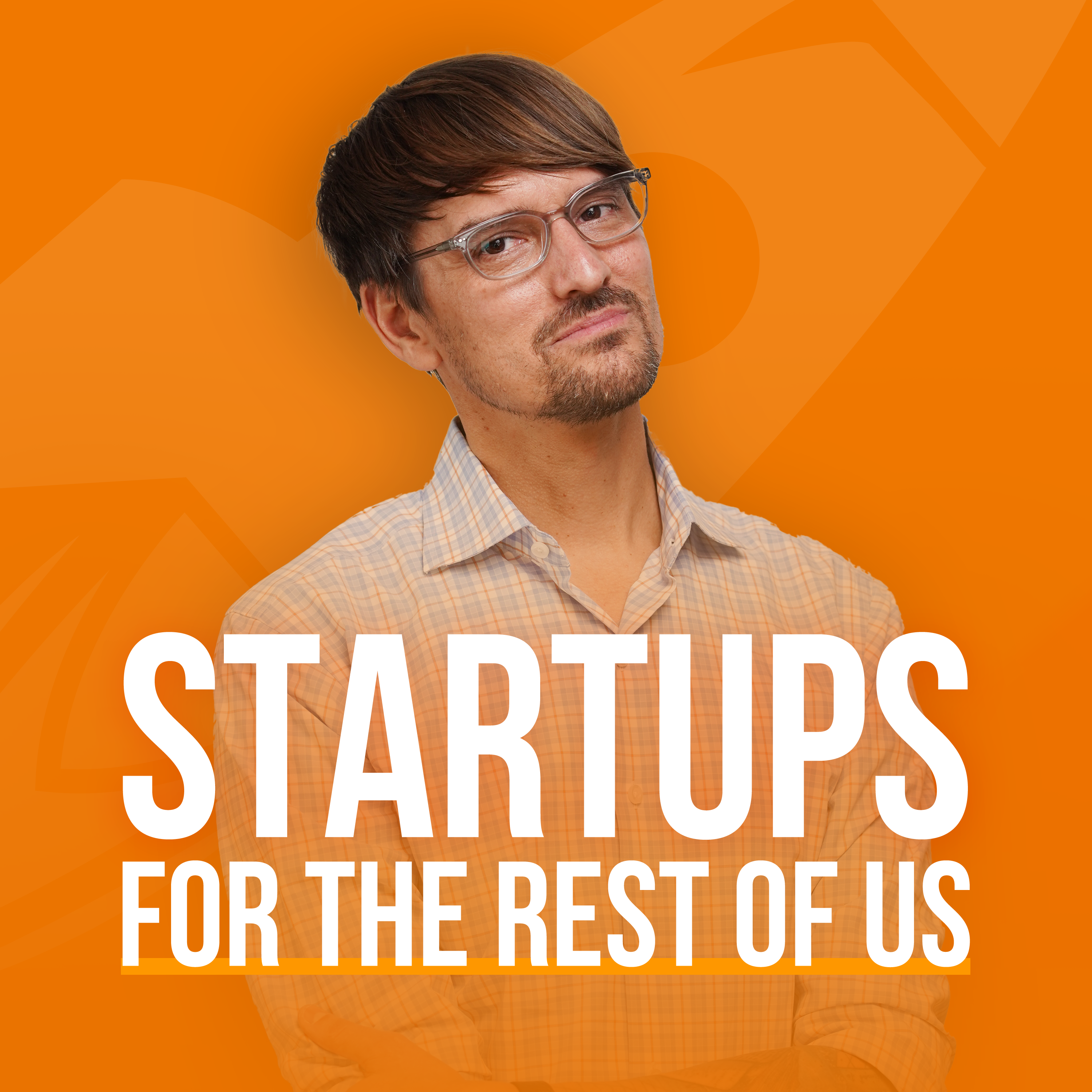
Episode 747 | Evolving SaaS Customer Success Over 7 Years (with Jane Portman)

Startups For the Rest of Us
Deep Dive
What are the four stages of Userlist's customer success evolution?
The four stages are: 1) 'Young and naive' – initial trial and error with templates and worksheets, 2) 'Hire someone' – attempting to hire proactive customer success managers, 3) 'Done-for-you services' – offering hands-on onboarding and campaign setup, and 4) 'Developing your own frameworks' – creating repeatable systems and frameworks based on accumulated expertise.
Why did Userlist transition from hiring proactive customer success managers to focusing on technical support?
Userlist realized that the primary need was not proactive outreach but technical support during onboarding. They hired an engineer to handle the support inbox, which significantly improved troubleshooting and freed up resources. This shift was driven by the realization that technical investigation skills were more critical than charm or proactive communication for their complex product.
What challenges does Userlist face with customer onboarding due to its product complexity?
Userlist's product requires real-time API integration, tracking plans, and continuous updates about user behavior, making onboarding highly complex. Customers often struggle with setting up workflows, segmentation, and campaign creation. This upfront friction necessitates extensive support and education, which is why Userlist has evolved its customer success strategy to include done-for-you services and frameworks.
How does Userlist's pricing strategy address the complexity of its product?
Userlist justifies its higher pricing compared to simpler tools like MailChimp by emphasizing its advanced features and the need for extensive onboarding support. They offer done-for-you services at a lower cost than external consultants, making it more accessible for customers while ensuring they get started successfully. This approach balances the need for profitability with the high cost of customer acquisition and retention.
What role does Userlist's blog play in its customer success strategy?
Userlist's blog serves as a key educational resource, offering deep, niche-specific content on SaaS email marketing automation. It includes expert guides and curated email examples tailored to SaaS businesses. This content not only helps customers but also drives SEO traffic, positioning Userlist as an authority in its niche. The blog complements their done-for-you services by providing self-serve resources for those willing to learn.
What is the significance of Userlist's 'Atomic Emails' framework?
The 'Atomic Emails' framework is a system developed by Userlist to help SaaS companies break down their resources into small, actionable email components. It emerged from patterns observed during done-for-you projects and is designed to simplify campaign creation. This framework, along with lifecycle segmentation, forms the backbone of Userlist's customer success strategy, helping users implement effective email marketing workflows.
How has Userlist's funding strategy influenced its customer success approach?
Userlist has raised modest funding, including a second round of nearly $400,000, which allowed them to invest in customer success initiatives like hiring support engineers and developing done-for-you services. This funding, combined with their bootstrapped mindset, enabled them to experiment and refine their customer success strategy without relying on large-scale venture capital.
- High upfront friction in onboarding due to product complexity
- Challenges in justifying pricing compared to simpler alternatives
- The need for technical and marketing expertise in customer success
Shownotes Transcript
In episode 747, Rob Walling interviews Jane Portman, co-founder of Userlist, to discuss the evolution of their SaaS customer success strategy. Jane shares the four stages of Userlist’s customer success journey, from the early days of trial and error to implementing done-for-you services. They also discuss the challenges of customer onboarding for complex products.
**Topics we cover: **
(2:20) – How customer success works at Userlist
(5:27) – Dealing with upfront onboarding friction
(9:51) – Stage 1, “young and naive”
(12:16) – Stage 2, “hire someone”
(19:06) – Stage 3, “done for you services”
(25:47) – Leveraging the Userlist blog
(29:26) – Stage 4, “developing your own frameworks”
Links from the Show:
Episode 471 | Fighting to Gain Traction in a Crowded Space with Jane Portman of Userlist)
Crossing the Chasm) by Geoffrey A. Moore
Atomic Emails: Our Proven Method for Writing Email Campaigns)
If you have questions about starting or scaling a software business that you’d like for us to cover, please submit your question) for an upcoming episode. We’d love to hear from you!